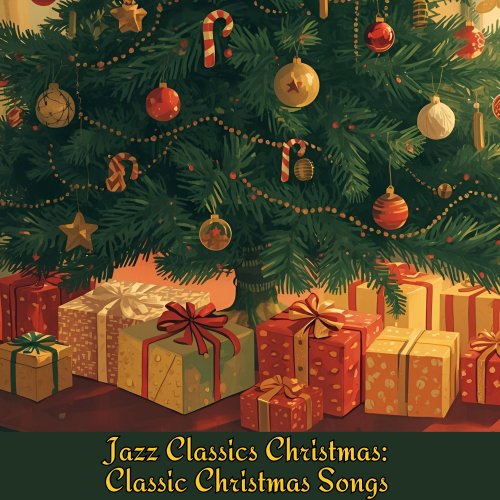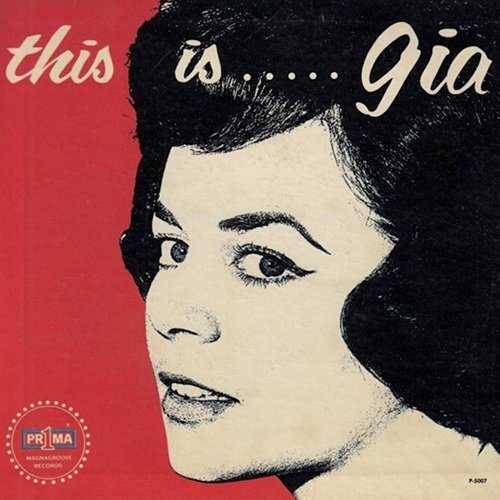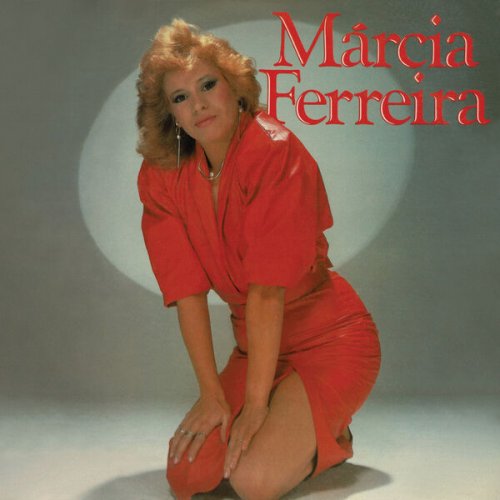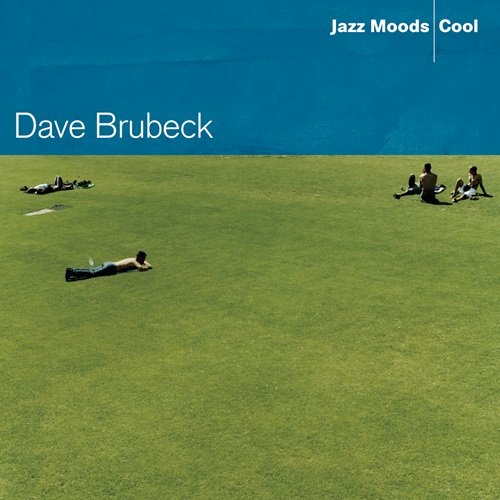Artemandoline - Domenico Scarlatti - Mandolin Sonatas (2013)
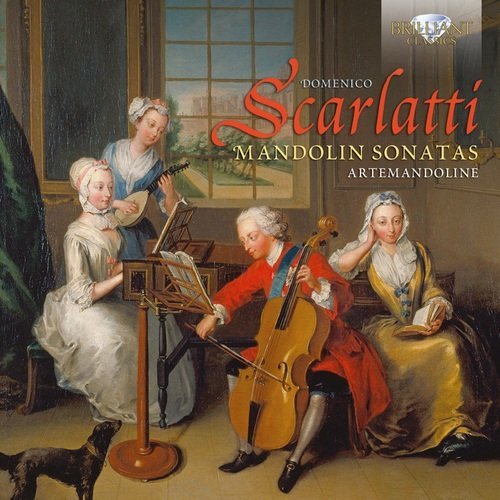
Artist: Artemandoline
Title: Domenico Scarlatti - Mandolin Sonatas
Year Of Release: 2013
Label: Brilliant Classics
Genre: Classical
Quality: FLAC (image+.cue,log,scans)
Total Time: 47:10
Total Size: 276 mb
WebSite: Album Preview
Tracklist: Title: Domenico Scarlatti - Mandolin Sonatas
Year Of Release: 2013
Label: Brilliant Classics
Genre: Classical
Quality: FLAC (image+.cue,log,scans)
Total Time: 47:10
Total Size: 276 mb
WebSite: Album Preview
Domenico Scarlatti (1685-1757)
[1]-[4] Sonata in G major, K.91
[5]-[8] Sonata in E minor, K.81
[9]-[12] Sonata in G minor, K.88
[13]-[16] Sonata in D minor, K.90
[17]-[18] Sonata in D minor, K.77
[19]-[21] Sonata in D minor, K.89
Performers:
Artemandoline
Mari Fé Pavón, baroque mandolin
Manuel Muñoz, baroque guitar
Jean-Daniel Haro, viola da gamba
Jean-Christophe Leclère, harpsichord
Here, however, they are tackling one of the well-known sets of pieces originally written for keyboard by Domenico Scarlatti, basing their work on a manuscript from the Bibliothèque de l’Arsenal in Paris. In this collection one finds the Sonata in D Minor (K 89) in a version arranged for mandolin and keyboard, rediscovered by scholar-performer Didier Le Roux. I confess not to have been able to collate the original source, but I would take an educated guess that it probably represents some sort of popular arrangement for the plucked instrument. To be sure, Scarlatti does on occasion (as with the works presented here) provide figures for the bass line, but whether or not this meant that it was to indicate a continuo, with the upper line performed on some sort of other treble instrument, is open to interpretation. Artemandoline takes the position that these could be for mandolin and continuo, based upon the theory that in the G-Minor Sonata (K 88) the technical considerations, including rapidly changing dynamics, chords, and short note values, favor a plucked instrument over, say, a violin, which seems to have been the main alternative proposed for these so-called continuo sonatas. They do, however, retreat rather gracefully from the entire issue by concluding that “we merely wish to effect new possibilities of interpretation for these works.” There is merit to this sort of strategy; propose something extraordinary, provide what might be consider largely circumstantial proof, and then sidestep the issue. It relieves them of providing the burden of absolute proof and yet opens the audience’s mind to a possibility that could appear reasonable in some fashion for the original versions.
As for the music itself, these works have been recorded on the keyboard multiple times. Since this is an alternate attempt at interpretation, the comparisons are not relevant, and therefore one must view the pieces as they exist on this recording alone. The results are just fine. Mari Fe Pavón’s playing is crisp and clear, and the forward tone of the continuo as performed by gambist Jean-Daniel Haro and harpsichordist Jean-Christophe Leclère makes the duo an equal partner. I find the recording quality overly vibrant, which perhaps is necessary for the texture, but makes for a brighter sound than one might expect. It is especially effective in the second movement of the G-Major Sonata (K 91) which comes out as a rather lively dance. Here the ornamental trills are nice touches on the mandolin. It also gives a sense of definition, as in the gigue of the E-Minor Sonata (K 81). The third movement gavotte of the G-Minor Sonata seems particularly Spanish sounding, replete with appoggiatura twists that characterize Iberian dance music. The following minuet moves right along, with some rather nice textural contrasts provided by the mandolin and continuo that features the guitar.
In short, the disc is well played and quite entertaining. Although it is not a world-shaking event, the quality of the performances does make one take notice of a rather unusual combination of sounds. Plucked instruments may not be everyone’s cup of tea, and of course purists who are thoroughly familiar with the Scarlatti sonatas in their keyboard guise might find this disc difficult to accept. The bright sound that presents the instruments in a clear and detailed environment might also be a bit grating, but personally I find that, whether or not I actually agree with the premise put forward by Artemandoline, the disc itself has much to offer. It would especially be suitable for aficionados of plucked instruments, and others who wish to have a well-done but singular version in their collections.
As for the music itself, these works have been recorded on the keyboard multiple times. Since this is an alternate attempt at interpretation, the comparisons are not relevant, and therefore one must view the pieces as they exist on this recording alone. The results are just fine. Mari Fe Pavón’s playing is crisp and clear, and the forward tone of the continuo as performed by gambist Jean-Daniel Haro and harpsichordist Jean-Christophe Leclère makes the duo an equal partner. I find the recording quality overly vibrant, which perhaps is necessary for the texture, but makes for a brighter sound than one might expect. It is especially effective in the second movement of the G-Major Sonata (K 91) which comes out as a rather lively dance. Here the ornamental trills are nice touches on the mandolin. It also gives a sense of definition, as in the gigue of the E-Minor Sonata (K 81). The third movement gavotte of the G-Minor Sonata seems particularly Spanish sounding, replete with appoggiatura twists that characterize Iberian dance music. The following minuet moves right along, with some rather nice textural contrasts provided by the mandolin and continuo that features the guitar.
In short, the disc is well played and quite entertaining. Although it is not a world-shaking event, the quality of the performances does make one take notice of a rather unusual combination of sounds. Plucked instruments may not be everyone’s cup of tea, and of course purists who are thoroughly familiar with the Scarlatti sonatas in their keyboard guise might find this disc difficult to accept. The bright sound that presents the instruments in a clear and detailed environment might also be a bit grating, but personally I find that, whether or not I actually agree with the premise put forward by Artemandoline, the disc itself has much to offer. It would especially be suitable for aficionados of plucked instruments, and others who wish to have a well-done but singular version in their collections.
![Tomasz Stańko - Piece for Diana and Other Ballads (Polish Radio Sessions vol. 1/6) (2025) [Hi-Res] Tomasz Stańko - Piece for Diana and Other Ballads (Polish Radio Sessions vol. 1/6) (2025) [Hi-Res]](https://www.dibpic.com/uploads/posts/2025-12/1765788761_cover.jpg)

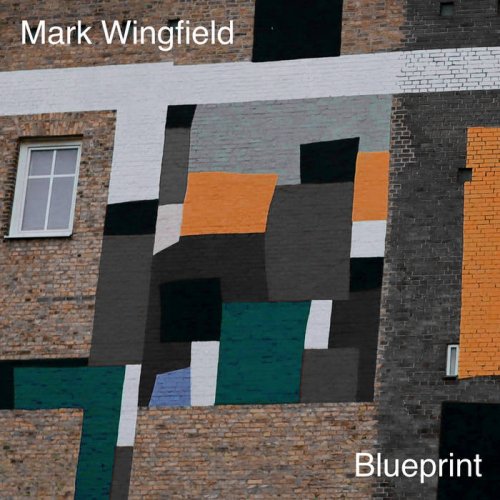
![Mark Northam - More Music From The Pixar Films For Solo Piano (2025) [Hi-Res] Mark Northam - More Music From The Pixar Films For Solo Piano (2025) [Hi-Res]](https://img.israbox.com/img/2025-12/17/qc8ci6ocl25zt4m9ojnjn3k2k.jpg)
